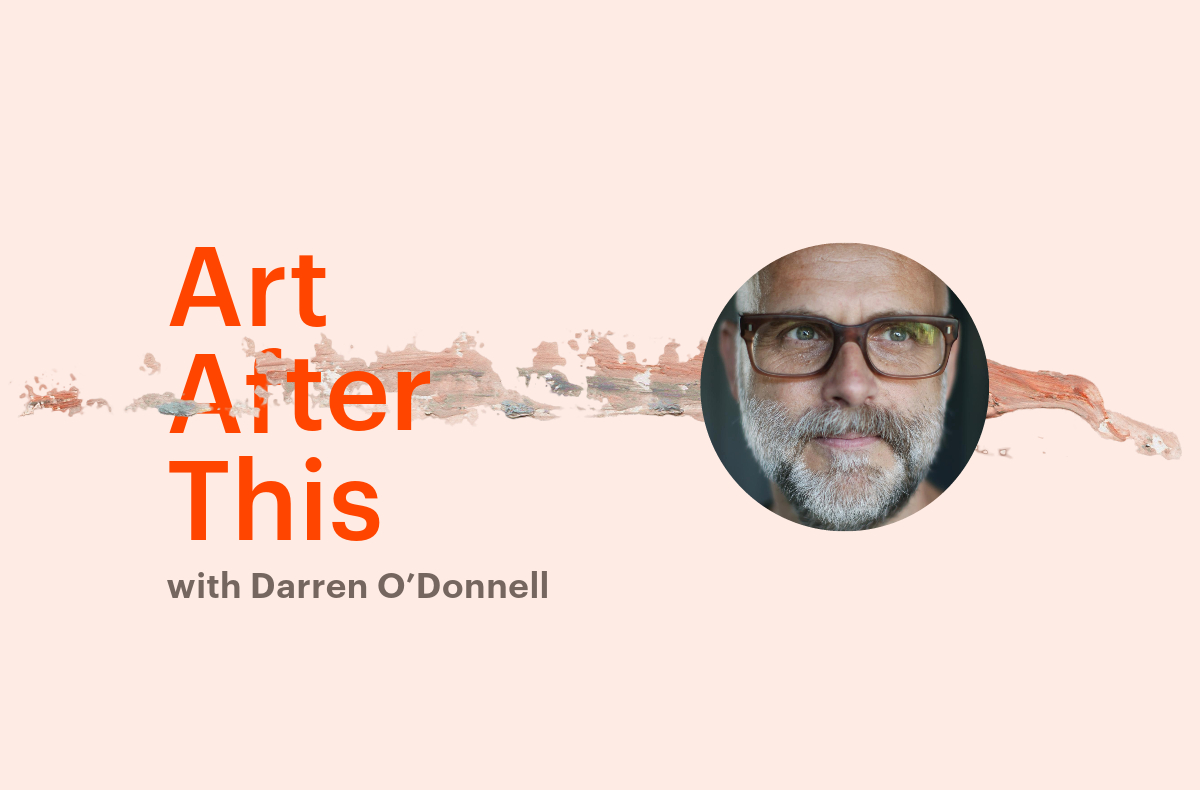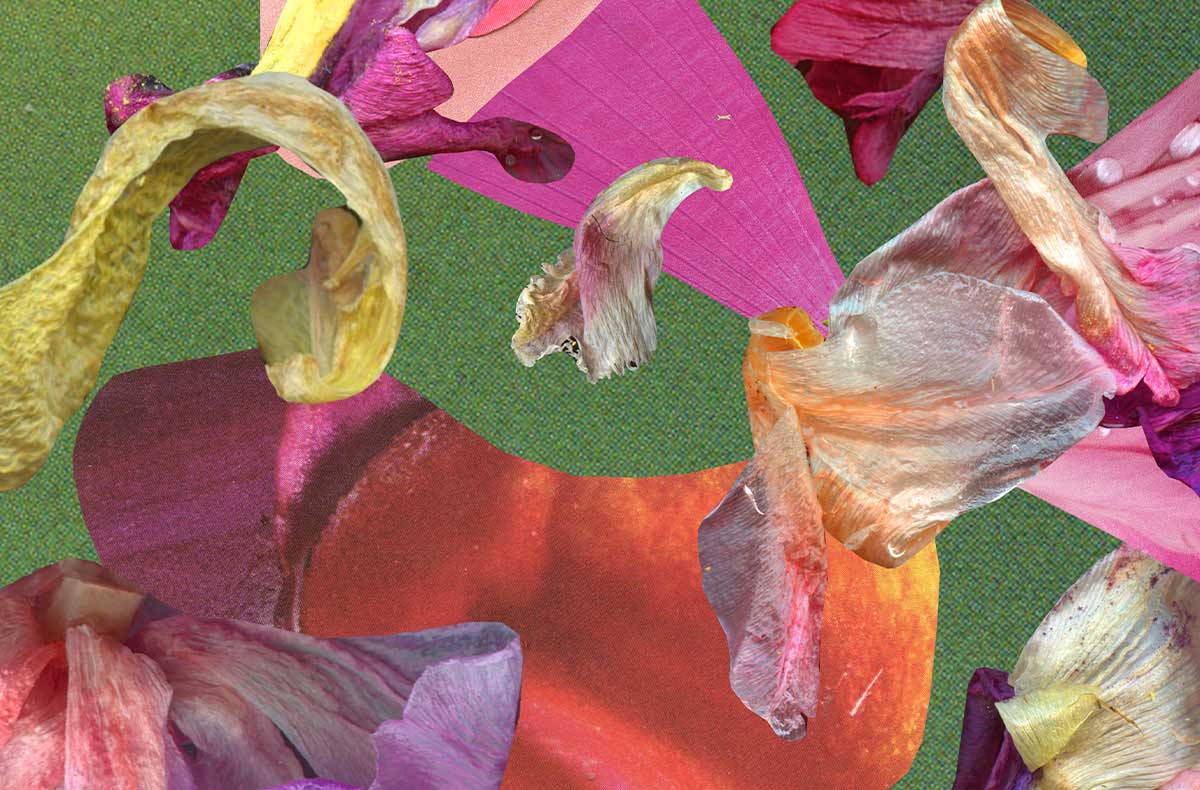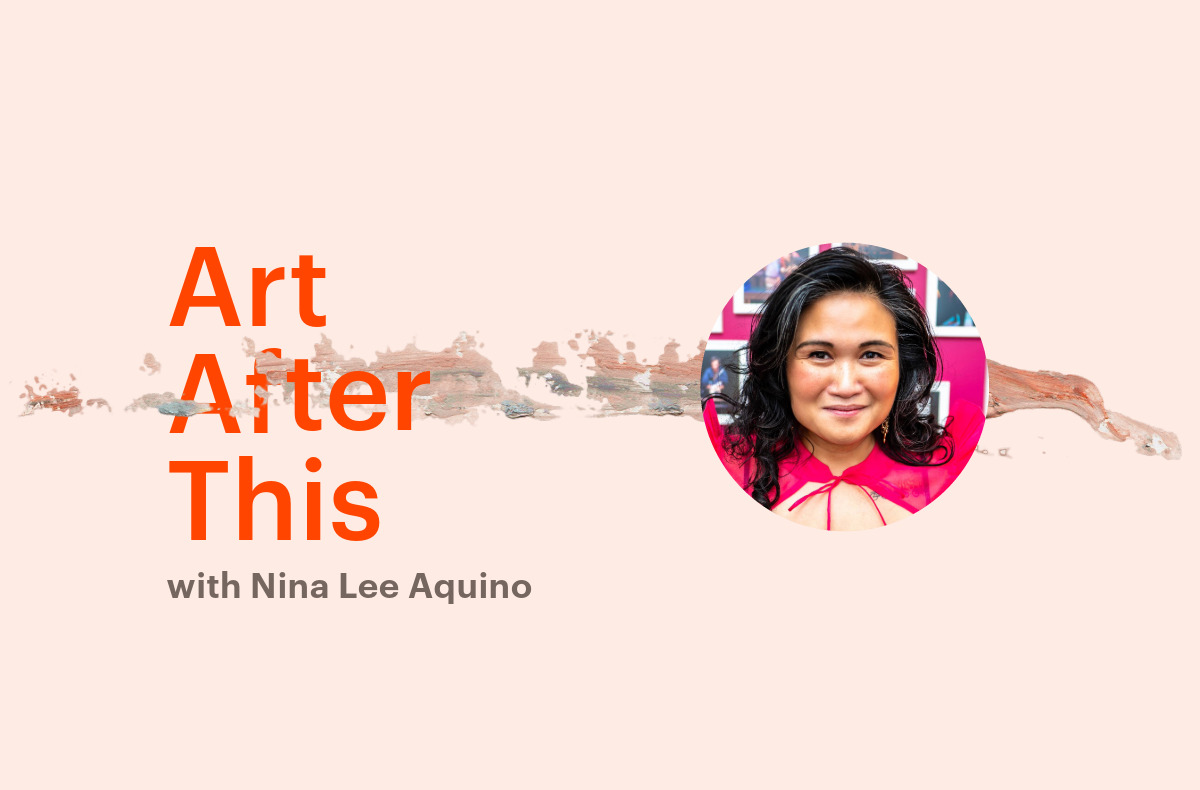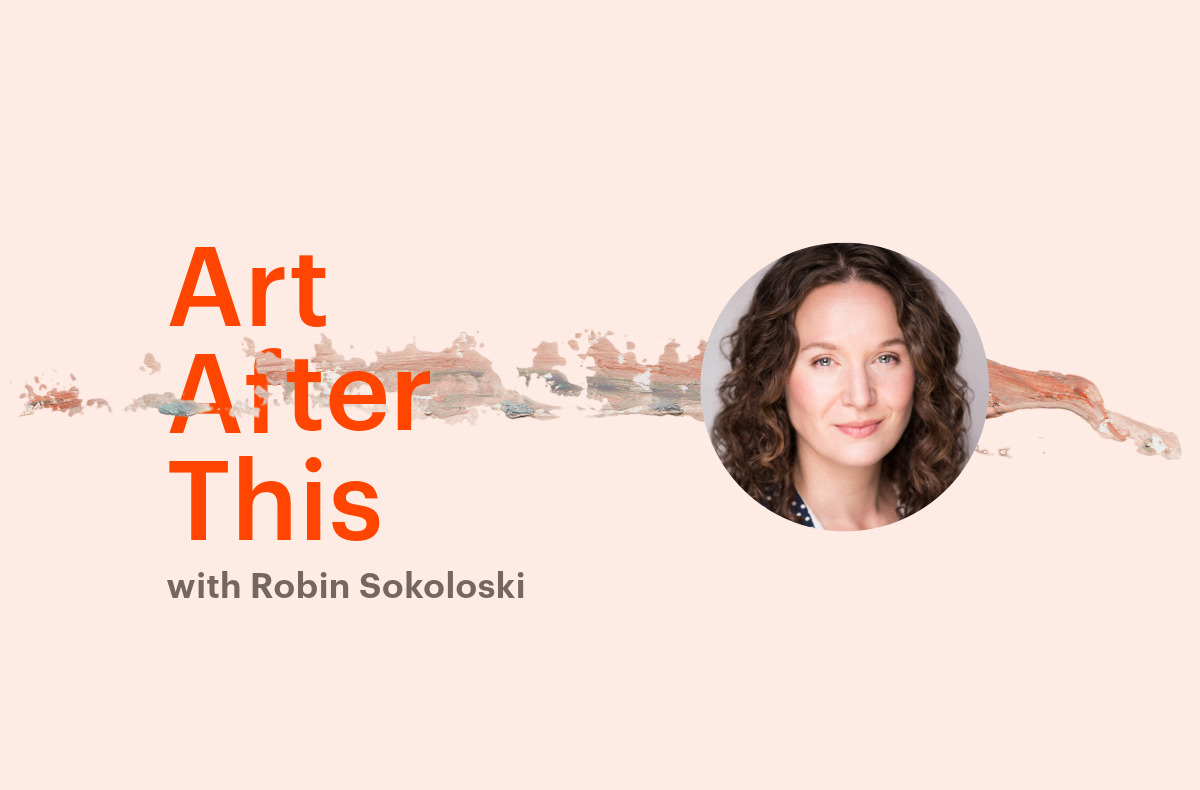By David Maggs, Metcalf Fellow on Arts and Society
Thank you for wonderful responses to the most recent dispatch on art and social impact. I am excited to carry this theme into conversation with one of the world’s more dynamic socially-engaged artists, Darren O’Donnell, whose company, Mammalian Diving Reflex, is featured regularly on international stages. He spoke to me from Berlin where he is building new work at the Humboldt Forum.
As you’ve heard me raise in the past, I get nervous about artistic practices losing themselves to a desire for social impact, yet am determined to make this relationship ever more explicit. While I agree that the tension between art and social impact can be a false dichotomy, it takes skill to make it so. Here the work of the Mammalians offers a compelling case study as they carry artistic activity so far from its traditional forms and venues that arts funders and juries often question whether it is art at all. Yet somehow in their projects, non-artistic people doing non-artistic things in non-artistic settings deliver poignant and powerful performances all the same.
“How do you do that?” I asked O’Donnell.
“There was a lot of fumbling around at first,” he admits. “The examples in my book [Social Acupuncture], when I read those now, I see how things had yet to crystallize for me.”
“In terms of the goal behind the work?” I wonder.
“That evolved into something fairly simple,” he explains, “how art creates understanding across differences.”
“As opposed to trying to collapse those differences?” I ask.
“It’s about creating the conditions for an encounter that wouldn’t ordinarily happen. We either find strange circumstances or we make them, and we avoid the problems of instrumental approaches to art because we don’t really specify goals to that degree. We don’t set out to fix particular problems for particular groups in particular ways, our intention is just to create the encounter.”
O’Donnell has referred to these encounters as social acupuncture, “ways of changing the flow of energy in a given circumstance,” he says. As I learn about how the Mammalians create them, the sense of a precise needle intervening in a very specific place in the body is a helpful metaphor. “It was a branding trick,” confesses O’Donnell, “but I have a background in shiatsu, and it has certainly informed my work.”
Crucial to Mammalian “encounters” are three factors.
“First, we need collaborators to be very specifically defined — something generic like ‘teenagers’ doesn’t cut it. Second, we need the two groups to be different enough from each other. For example, I’m advising on a project that brings together older miners from a German background, with grandchildren of miners from non-German backgrounds — they’re not different enough, there’s nothing juicy here. Third, I need them to go through something together. So that miner project, they are going to eat bratwurst together, but again that’s not enough, they need to be experiencing something that’s taking them out of their comfort zones for it to become interesting.”
To illustrate these features in action, the Mammalian project Haircuts by Children features 8- to 9-year-olds training in a salon for a week and then offering free haircuts to members of the public. Since its premiere in 2006, the work has been produced in countless cities and festivals around the world — in Japan, Australia, Canada, the United States, and across Europe.
With these features in place, Mammalian projects begin shaping the materials into an artistic presentation in a counterintuitive way. “We have a rider telling presenters — the festivals, galleries, and other venues bringing us in — what we are looking for,” says O’Donnell. “We don’t want kids out of the drama clubs, we don’t want adults with a writing practice.”
“You don’t?” I clarify.
“We don’t want to work with people who have a really clear idea of what art is,” O’Donnell explains, “it’s too hard for them not to bring that to the table.” Instead, O’Donnell aims to present the encounter stripped down, the bare action of life put before an audience. “We don’t want to know how the performers feel, what they think about it, what it means. We need the action and we need to move on.”
Here, of course, I am ready to insist that O’Donnell is clearly missing the point. Doesn’t he know that this is what art does? It provides meaning, brings significance to life, expresses how its makers feel about the things they experience, and gives them voice. He has lifted his glasses onto his forehead, his eyes expectant, waiting for a question, the bare wall of his Berlin apartment behind him.
Could it be that this is how Mammalian pulls art out of the ordinary in such powerful ways? Through these unusual encounters that demand so much explanation yet provide so little? Here there is a kind of semiotic vacuum — a glaring absence of meaning and significance that we as the audience cannot help but fill. Might these encounters spark our need to do this not only within the bounds of the project but elsewhere? Uncovering the meanings and significance animating the lives and worlds of those unlike our own, everywhere we look?
At the very least, this approach avoids the often pedantic relationship to audience of so much socially-engaged art, where things can get fairly instructive at times. It also contrasts the idea that this work is about getting the artist — the expert — “out of the way” so that collaborating participants can create and relate to the public however they wish.
“We run up against this quite frequently, the expectation that these collaborators will participate as equal co-creators,” O’Donnell acknowledges. “For example, with this Humboldt Forum project, they want young people in at the ground level, conceiving the work we’re going to do, asking them, ‘what kind of art forms are they interested in creating?’ I don’t care what art forms our kids are interested in! I’m interested in the forms that artists with evolved practices have developed over years of experimentation. We can’t ask kids to come up with that. There’s an Australian artist who has participants smash objects and rebuild them differently, and if they aren’t happy, smash them again. Everyone has a fantastic time with that because the kids are so good at it! But it’s our job to get them there. If you bring amateurs into an arts-space and just ask them what they want to do, you end up doing community arts instead.”
“What’s the difference?” I ask.
“Community arts is where people who aren’t skilled arts professionals are put in a position of doing the same thing that skilled arts professionals do, and then placed in front of an audience who relates to it as that recognizable art thing — but done by people without training or experience. If we ask folks ‘what do you want to do in this theatre?’ we can’t expect them to imagine non-theatre-like things, and we especially can’t expect them to imagine non-theatre-like things that actually work. In what we do, young people are responsible for the content, we provide the form. We’ve been around, we know what works. To make things come alive, the ask has to be clear and non-negotiable. You’re cutting hair and that’s all you’re doing. Within that? Cut the hair however you want.”
In our desire to democratize structures of power, we prioritize removing traditional forms of expertise in order to open spaces to public engagement as wide as we possibly can. Holding prior commitments or constraints, we are certain, is somehow disingenuous. Yet as findings from other fields beyond the arts show us, this may not be the right way to achieve our democratic aims.1 Without appropriate forms of expertise structuring engagement activity in ways that provide participants with a clear, coherent context, what unique and invaluable expertise they have will often struggle to come to the surface.
In this way, well-meaning engagement processes meant to democratize agency and build trust through removing relevant expertise often have the opposite effect. For invited guests, it feels like their hosts simply did not do the work of creating an effective context and staging for different forms of expertise to thrive (e.g. kids getting to smash objects in delighted fashion). Instead they are left doing their best within forms for which they have limited capacity (e.g. community arts). The inviting host, on the other hand, is likely to end up with content that is irrelevant or impossible, grounding the project or making the engagement look insincere. As Ruben Anderson writes, “nothing good came of [the public’s] time because they weren’t asked questions they could meaningfully contribute to answering. This is not how you build a trusting relationship: a strong foundation on which to work together. This is how you corrode trust.”2
O’Donnell shows us how to have our cake and eat it too. That everything he has learned how to do as an artist is needed in order to make what the public does know how to do, artistic. Central to the success of Mammalian is the clarity not to abdicate the expertise of the artist in pursuit of social impact but to shape it into an increasingly precise catalyst for that impact. In the results, we see how durable the power of art can be, how far from its institutions and traditions it can wander, yet fill us with attentive wonder all the same.
In the mood to wander with the Mammalians yourself? Walk With Me While I Remember You runs from November 4 to 5 at Evergreen Brick Works in Toronto.





